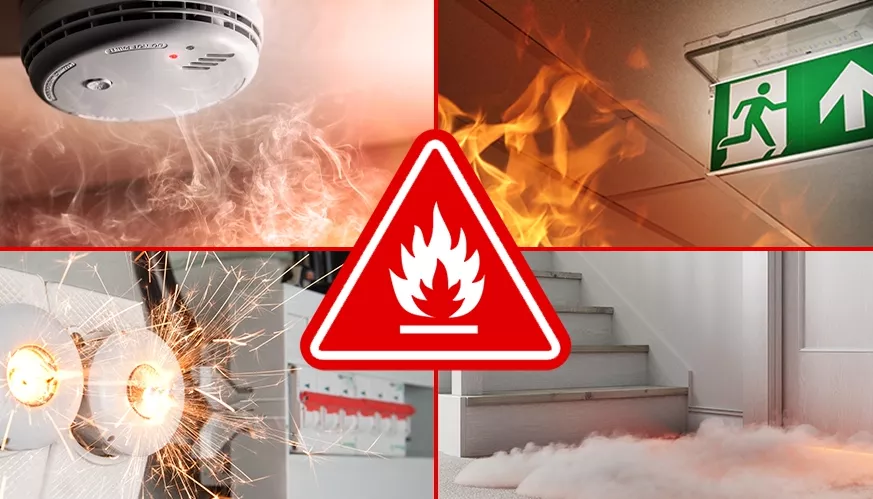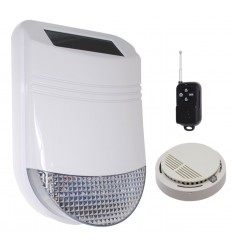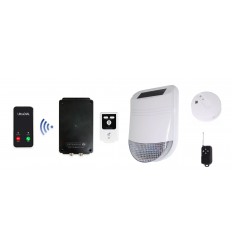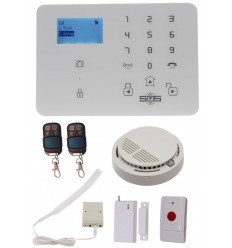No products
Prices are tax included
Product successfully added to your shopping cart
There are 0 items in your cart. There is 1 item in your cart.

Smoke Alarms
Ultra Secure Direct offers various smoke alarms for early fire detection, including stand-alone battery alarms, wireless models that trigger alerts, GSM alarms that notify key-holders via mobile, and solar options for areas without power.
For help choosing the right smoke alarm, please contact us.

-
Wireless HY Solar Siren Smoke Alarm
Reference: 005-6120-00Wireless Smoke Alarm with a Outdoor Wireless Solar Siren & Flashing Strobe, supplied with a Wireless Smoke Sensor & Remote Control, ideal Smoke Alarm for buildings with no access to a power supply.
284,66 € -
Wireless HY Solar Siren Smoke & Heat Alarm with Battery 4G Dialler
Reference: 005-6310-00A unique Solar Powered Siren Smoke & Heat Alarm supplied with a Battery 4G Dialler, in the event of Smoke being detected the loud Siren & Flashing Strobe will activate for 3 minutes together with the 4G Dialler contacting up to 3 key-holders by Phone & SMS. Ideal for all types of locations with No Power !!
503,57 € -
KP9 3G GSM Wireless Business Premises & Staff Alarm Monitor
Reference: 009-2520-00Versatile KP9 3G GSM Wireless Alarm to monitor for Smoke, Temperature, Mains Power, Water, Door Chime & Staff Safety. Will contact key-holders by Telephone & Text Message, ideal for many business premises.
417,13 €






